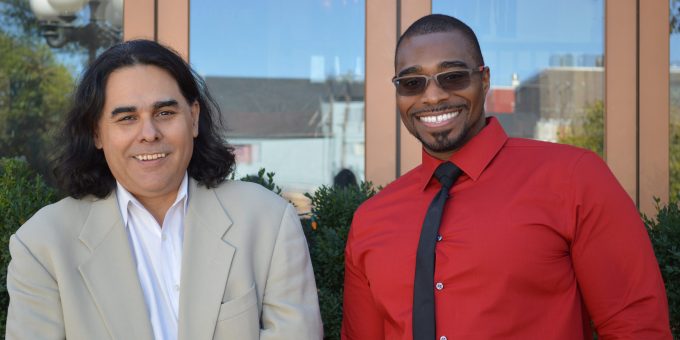
Letter from the Editors, Summer 2019
Freedom? Inherently, we imagine that freedom is, indeed, free. The right to free speech, the right to religion, the right to bear arms, the right to work, the ability to live where we choose, send our children to the school we choose, socialize at selected restaurants, and exercise at preferred parks—these freedoms can all seem freely available. Sociological research, however, suggests that freedom is conditional. It is conditional on nationality, racial background, gender, sexual identity, religion, and social class. Inalienable rights are anything but free.
The price to freedom, then, isn’t just financial but also emotional, psychological, physical, social, and cultural. In a Middle Eastern country, the freedom to drive and dress and worship openly may be conditional on a person’s gender or religion, as you’ll read in a feature by Hoda Mahmoudi. And on a college campus, the ability to walk freely and safely may be conditional on your race—as was the case for Lt. Richard W. Collins III. Our cover photo this issue features his parents, standing at the site of Lt. Collins’ murder at a University of Maryland bus stop. As we discuss with his parents in this issue, his murderer was a University of Maryland student who had online ties to White supremacist groups (thus becoming exposed to the sorts of inflammatory rhetoric traced in our trends piece by Elizabeth T. Harwood).
The articles in this issue grapple with the tenuousness of freedom. Orlando Patterson and Ethan Fosse provide an overview of U.S. perceptions, finding that less than 60% of Americans perceive a high level of freedom. However, Black Americans perceive increasing freedom, while White Americans perceive declining freedom. Income and political ideology, along with race, inflect our views about freedom, privacy, and the state of democracy.
Hannah Ingersoll and Chinyere Osuji grapple with the freedoms curtailed by racial categories. Ingersoll provides a historical account of Black women’s rights in America, particularly the ways that race and politics of respectability operated in the post-bellum, pre-Jim Crow South. And Osuji compares the racial structures of the United States and Brazil in a case study of Rachel Dolezal; in this country, she has been a punchline and a punching bag as she claims Black identity, but in Brazil, with its more flexible colorlines, she would be, as Osuji puts it, just another negra frustrada. Amina Zarrugh and Luis A. Romero consider physical freedom, exploring two tools of state power: detention and disappearance. By curtailing freedoms through immigrant detention in the United States and forced disappearance in other countries, states are revealed as intentionally disrupting families and social networks, infringing on the rights of Indigenous people and their lands, and signaling, unmistakably, that freedom is very costly indeed.
Elsewhere in this issue, you’ll read about red-state voters’ views on legal protections for LGBT Americans and the way that one group of self-styled “rednecks” is reclaiming the term as they engage in anti-fascist, anti-racist, and anti-capitalist social action—all while embracing gun culture. And two pieces, our photo essay and a culture piece, look at journeys inspired by the Civil Rights Movement: the Spiritus Christi Race Convoy and the Central Valley Freedom Summer (CVFS). A powerful collection of images brings us along for a pilgrimage undertaken by Pastor Myra Brown, the Black woman pastor of a predominately White congregation located in a predominately Black neighborhood in New York state; with her congregants, she initiated a civil rights history trip to learn how to better engage racism and race relations in her own neighborhood. The students of CVFS, meanwhile, spurred a 262% increase in youth voter turnout by heading into their Central Valley California home communities armed with civics lessons, passion, and strong ties to local organizations. Maryland Delegate Jazz Lewis closes this issue by urging the use of racial equity statements in lawmaking; we think racial equity statements can help to ensure that American freedoms are more equitably applied in the laws of this land.
We hope this issue adds more nuance to the ways we think about freedom and its limits.
